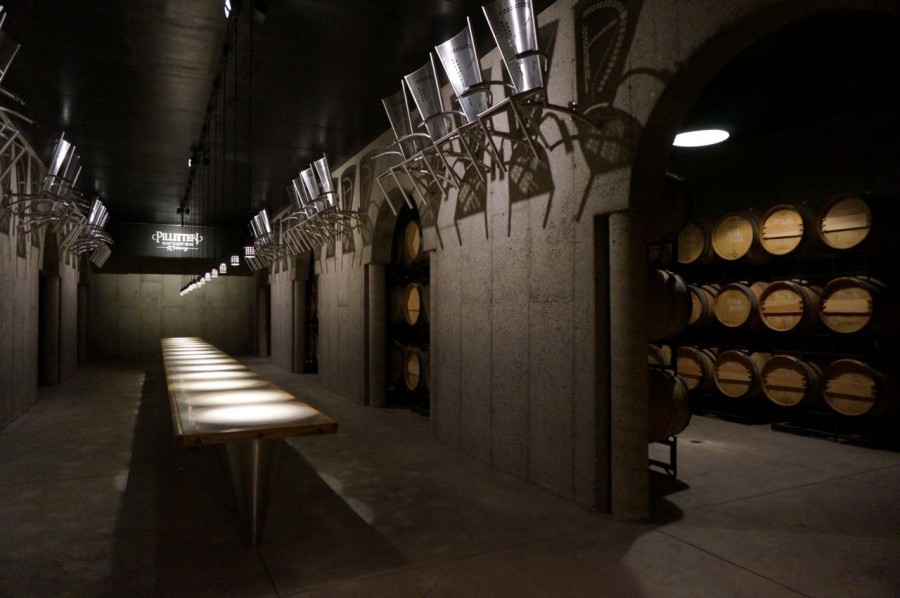From new decor to revamped barrel cellar and technical improvements, winery eagerly awaits return of tourist traffic
On a typical May long weekend, the scene at Pillitteri Estates Winery on Niagara Stone Road is a bustling parking lot packed with tour buses and cars, and hundreds of tourists streaming into the winery for tastings and tours.
“We see 200,000 people in a year,” says Jamie Slingerland, director of viniculture at Pillitteri.
“We’ve enabled our facilities here to handle large numbers of people. We have a number of different areas, so we can handle bus traffic as well as car traffic.”
But this past long weekend, the only cars in the Virgil winery’s parking lot belonged to staff or customers doing curbside pickup. COVID-19 restrictions have grounded tourism-related businesses like Pillitteri and it’s uncertain when “normal” times will return.
The pause in tourism comes on the heels of some recent enhancements to the tour experience at Pillitteri, as well as various innovations in the production area.
Brand new doors, recently installed to welcome visitors on tours, remain closed. Inside, other improvements now awaiting the return of visitors include a dramatic sculpture, a hand-built wall created from 100 barrel staves, and an impressive new space in the barrel cellar.
“Since we’re not selling at the front door, or to restaurants, or farmers’ markets, our wine sales are down 50 per cent, plus or minus,” says Slingerland.

“We have to innovate, and adapt to the changing environment, so we’re focusing on curbside and online sales. Deliveries have increased by 500 per cent, but even that doesn’t replace what we’ve lost at the front door,” he explains.
As far as curbside sales, he’s “seeing a few dozen cars per day, and (he expects) that to grow.”
Exports are the other big part of Pillitteri’s business, in fact, they account for half of the company’s overall sales.
“If there is an economic decline, it will affect exports,” Slingerland says. “We won’t know the real decline until the fall, since it’s our peak shipping time. We are holding our breath, to see how things unfold.”
In the meantime, the vineyards still need tending and wine production continues, with new measures in place to ensure staff are safe.
While the tour enhancements won’t be appreciated until visitors come again, the production innovations are providing immediate benefits.
Among those innovations are new, ultraviolet lights in the barrel area that kill mould, bacteria and yeast; new chillers and heaters that maintain exact temperatures in the tanks during fermentation; and new tanks from Bulgaria that have automatic pumpover for red wines, a process that otherwise would have to be done manually.
In the lab, “we test for various compounds in the grapes. Using the test tube method, we can test a sample of grape juice in 45 minutes, with the new (FOSS) system, it takes just two minutes,” says Slingerland. “The winemaker needs this data to make important decisions.”
Pillitteri is also going ahead with plans to renovate and expand an outdoor patio at the winery, where food and wine can be enjoyed.
“We have to be ready for when we open again. Eventually, there will be tourism, and we aim to constantly improve that experience.”
Until that time comes, “we are very grateful for locals going online or ordering curbside. It’s so critical right now. It will keep wineries alive,” Slingerland emphasizes.
“If you want to help us, order some wine, and buy Ontario. You’ll be helping your neighbours.”
NEXT: A sight to see – 100 bottles per minute whirl through the new bottling line at Henry of Pelham.



.png)






